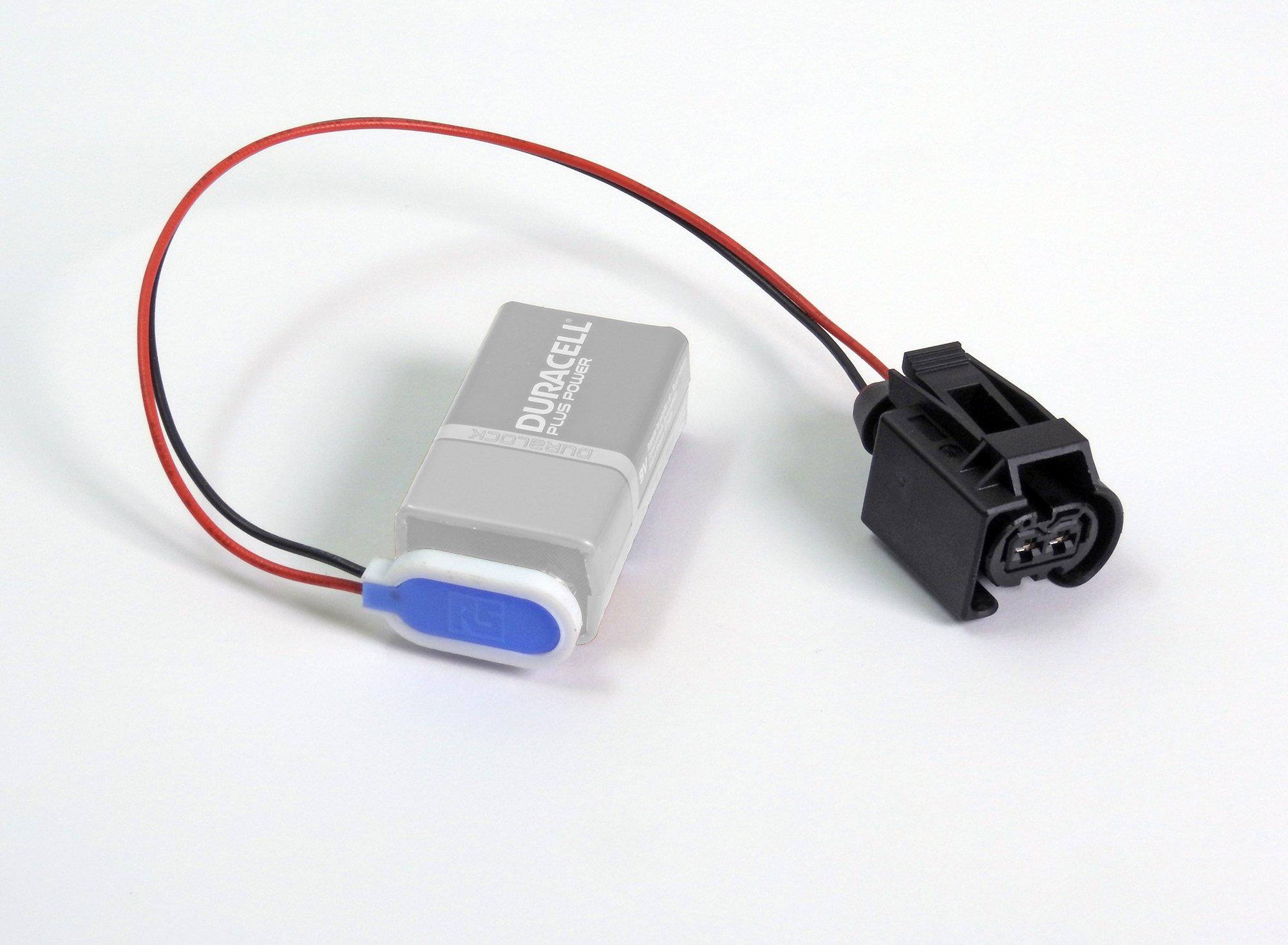Hi,
I’m planning to follow the service manual to do the brake caliper clean and lube.
I wondered if anyone knew where to find out what is the “Tesla approved brake cleaner” and “Tesla approved brake lubricant”?
I also noticed that the Performance front brake calliper instructions say to replace the bolts - presumably I email my local service centre to order them?
How do I find out what the Tesla approved products are? Do Tesla sell suitable products, or can I ask the service centre - and if so how do I contact them?
I’ve had no luck communicating with the Tesla Shop about an issue with the Model 3 Paint Protection film, and it seems very difficult to communicate with anyone at Tesla.
I’m planning to follow the service manual to do the brake caliper clean and lube.
I wondered if anyone knew where to find out what is the “Tesla approved brake cleaner” and “Tesla approved brake lubricant”?
I also noticed that the Performance front brake calliper instructions say to replace the bolts - presumably I email my local service centre to order them?
How do I find out what the Tesla approved products are? Do Tesla sell suitable products, or can I ask the service centre - and if so how do I contact them?
I’ve had no luck communicating with the Tesla Shop about an issue with the Model 3 Paint Protection film, and it seems very difficult to communicate with anyone at Tesla.



